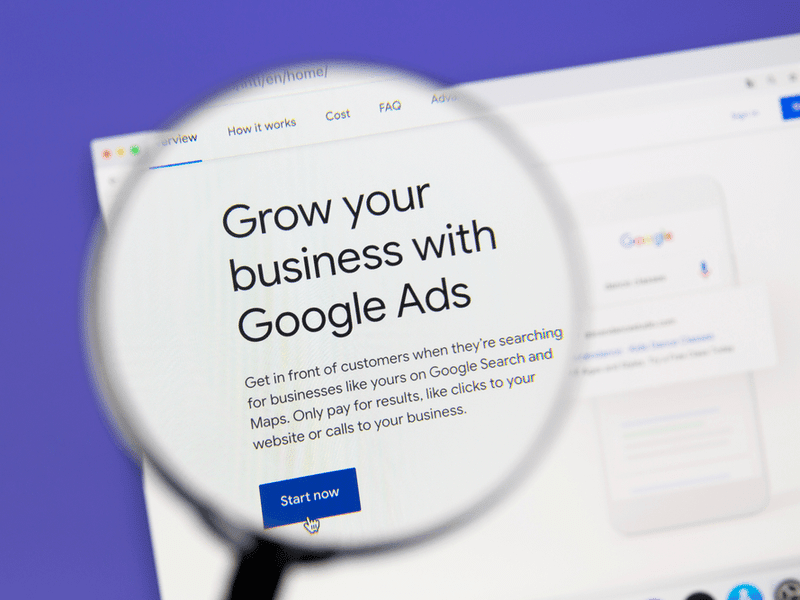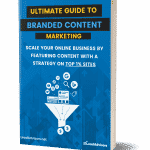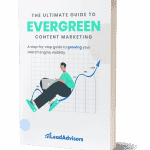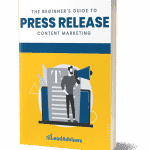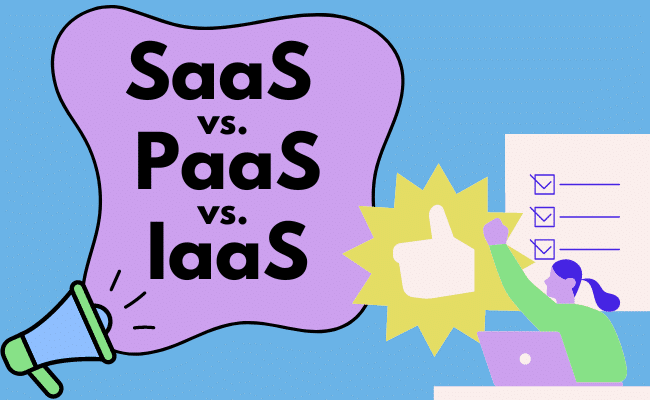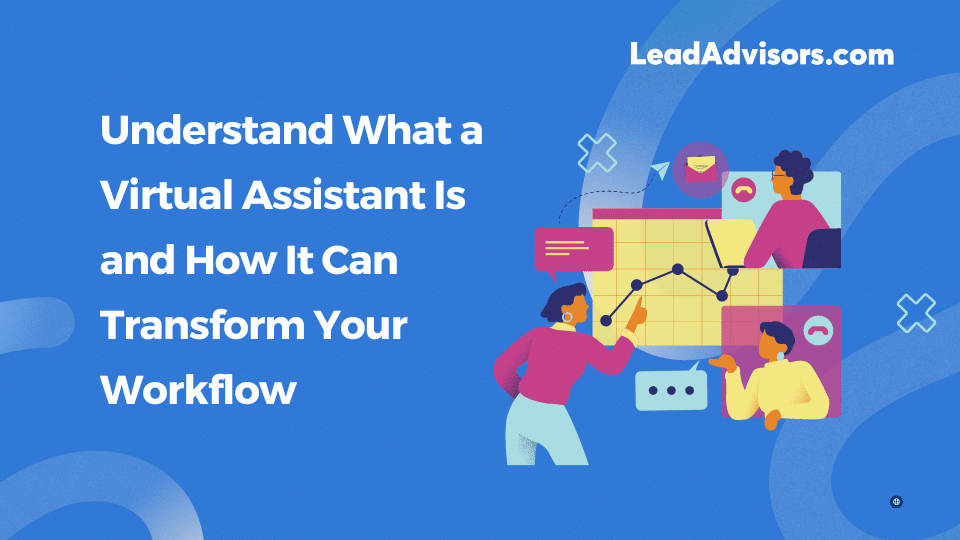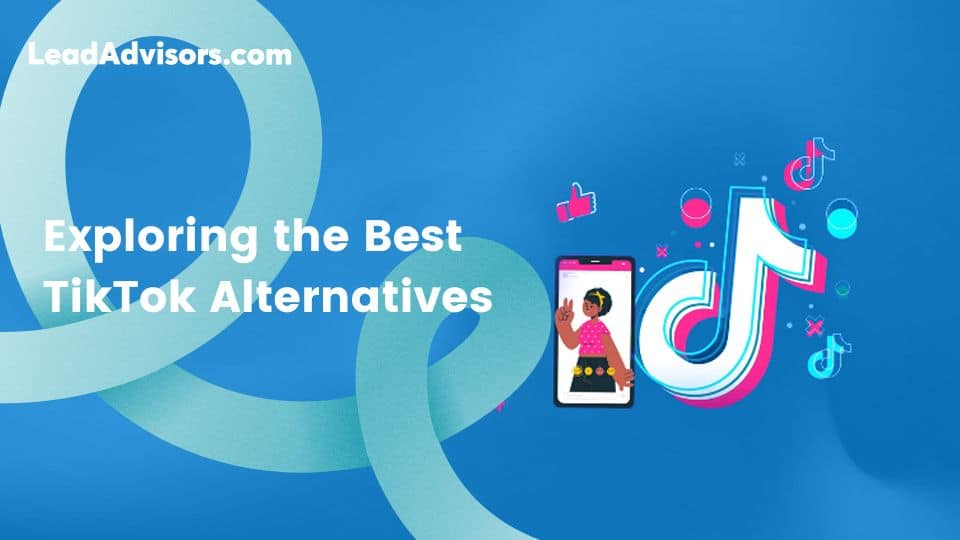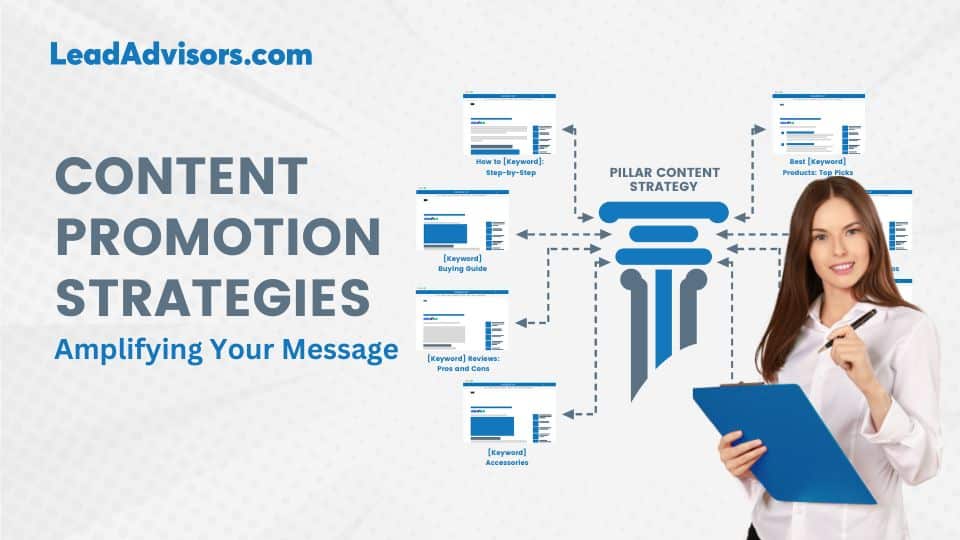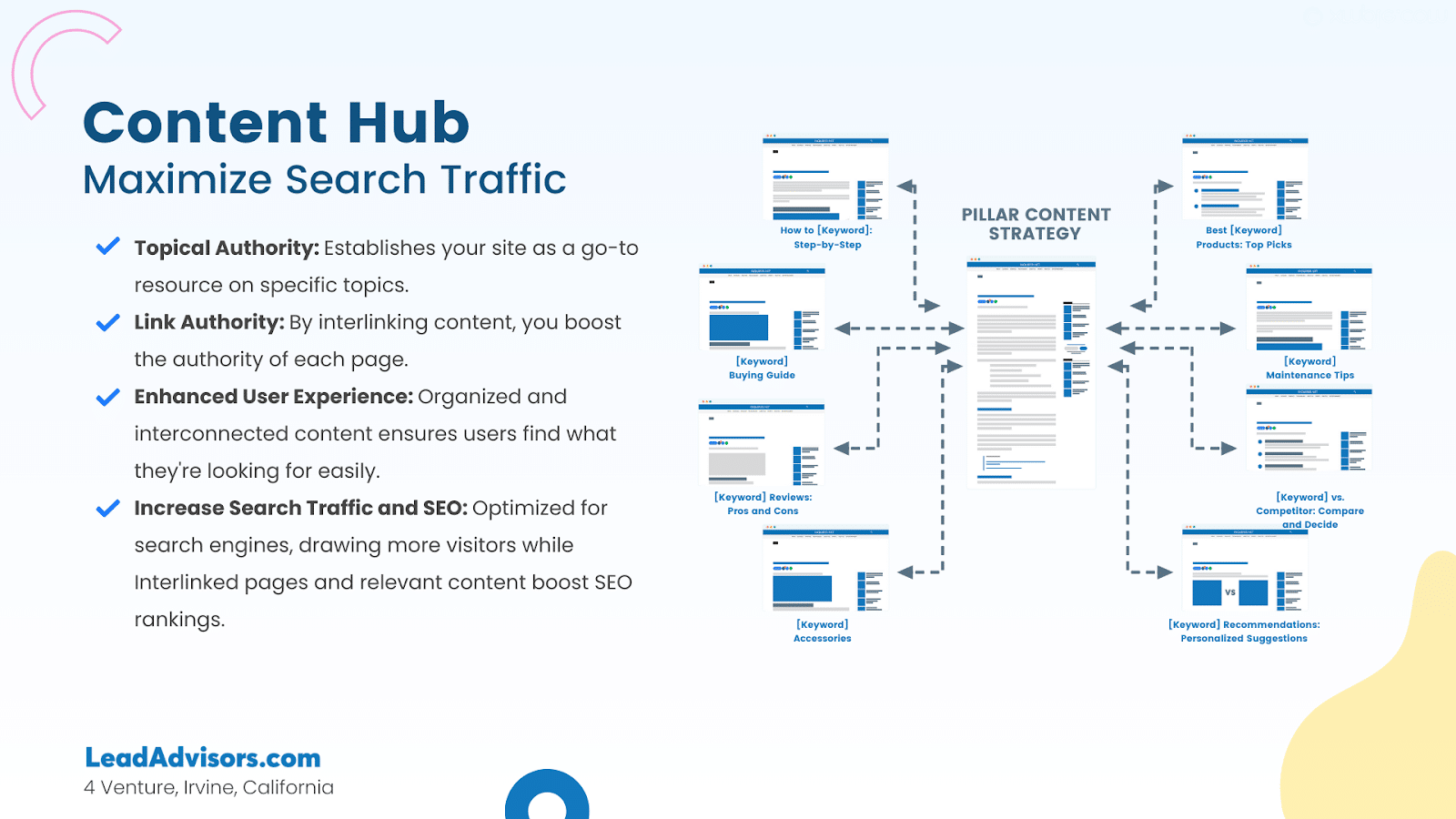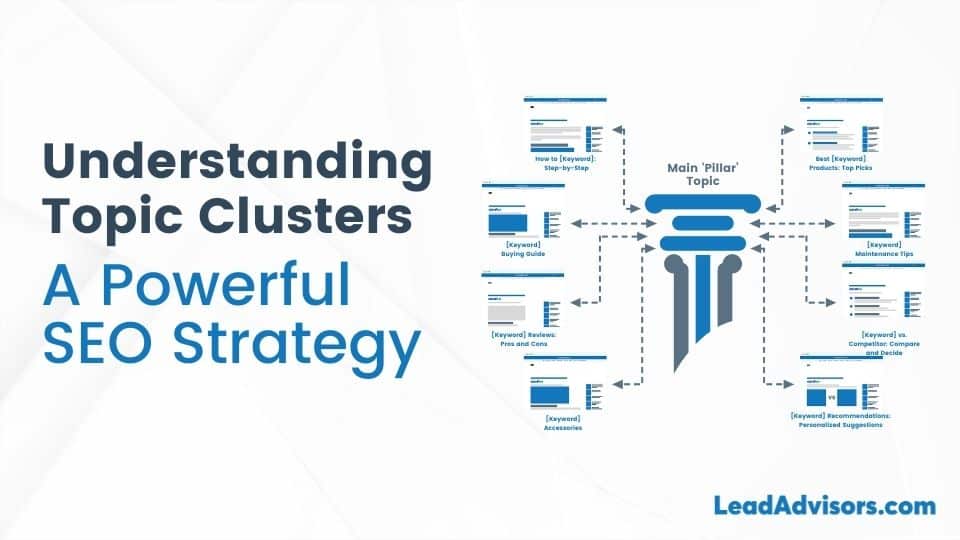There is no question that running Google Ads will help you drive traffic to your website. Many businesses avoid beginning a Google campaign because they don’t think they have a large enough budget and will blow the marketing dollars that they do have or are just overwhelmed with learning how to set up the campaigns. Google Ads don’t have to be scary. It is straightforward to set up your first campaign. One of the great things about starting with a lower budget is that you don’t have to worry about setting up tons of different campaigns and working with a bunch of ad sets. When you can focus on a single keyword, you are laser focused on perfecting it. This will help you develop good habits with working with your ads so that when you are able to scale your marketing budget, you will have the tools necessary to help you succeed. There are some strategies that you can use to run your Pay Per Click (PPC) campaign on a budget and get impressive results. Here are a few ways that you can set yourself up for success when beginning your first ad set.
Determine Your Advertising Goal
The first and most important step is determining what your ideal outcome is for setting up this campaign. Sure, we all want to get rich, but we also need to be realistic about the outcome of our campaign. With a small daily budget, you are not going to attract thousands of visitors an hour. You will be able to maximize your spend and spread your marketing dollars by setting your goal and working your campaign around attaining it. If you are a restaurant, your goal may be getting reservations either by clicking to a reservation site or by phone call. If you are an e-commerce store, your ads will look different than a boutique store in your neighborhood. Whatever your end goal is, it is important to keep this in mind when we are working on the other steps, especially the keyword selection.
Set Your Ad Budget
The next step in setting up your campaign is setting your daily spend. You can take your monthly budget and divide it by the number of days in the month to arrive at your daily spend. You can even decide to run a test ad for just a week or so for as little as $5 a day. Keep in mind that when you enter your daily spend, it is an average daily spend. Google could exceed the daily limit if the ad is performing well at that time to increase clicks, but it should level out by the end of month or the campaign.
Selecting Keywords, The Right Way
The single biggest mistake that new users make is bidding on too many and the wrong keywords. This is a quick way to blow your budget with depressing results and is enough to turn you off Google for life. The problem wasn’t you having smaller ad budget than you want, the problem is setting up your campaign like you have an unlimited budget and learning a hard lesson fast. So how do select keywords? With a small daily spend, you literally only need one great keyword. Spend some time using Google’s keyword planner which will give you all the insights you need to make an informed decision. Look for low competition keywords that will help you stretch your budget and build your ad sets around them. You can even use long tail keywords, these usually have very low cost and low competition, so you can get much more highly targeted leads.
Ways to Save Money on Your Ads
Did you know that you can schedule your ads to show during specific days and times? If you are the restaurant running your campaign for phone call reservations, wouldn’t it make sense to run those ads during business hours? On the flip side if you are the e-commerce store, you would want to really dive into your reports and data and see when your peak conversion times are to make sure you are spending your money when you are most likely to have a consumer take an action on your site. Another way you can cut costs is by geotargeting. You can choose what zip codes, cities or states that you want your ads shown in, or you can select the areas that you want excluded from your ad. This can help keep irrelevant clicks down, saving you money. One word of caution, if you are geotargeting and scheduling your ads you are also limiting the amount of impressions you will receive. Keep this in mind when setting your goals so you can adjust your budget or expectations. Some people use these to save money, but then take the saved money to launch a retargeting campaign.
Using Display Ads for Brand Awareness
Display ads are a powerful tool in your marketing arsenal. These ads are typically a lower cost way to put your company in front of the right people, over and over. In fact, the Google display network reaches 90% of internet users worldwide. Display ads show on tons of different websites and YouTube. You can run these as your remarketing campaign which will help create a visual reminder of your company or the landing page they visited. Because these are cost per click ads, the price to run these is usually lower but the impression share is much higher, giving your company more exposure.
Highly Converting Landing Pages
Something that gets overlooked in the excitement of setting up your first campaign is optimizing your landing pages. By ensuring that your ad copy matches the message on your page, you can increase your quality rating which can lower your ad cost. This is one of the most important factors of your Google Ad strategy. We’ve all clicked on an ad promising interesting content only to be taken to a poorly designed sales page. You can’t click the back button fast enough to get back to the SERP. Don’t be that page. You will drive your potential clients right into the arms of your competitors in a heartbeat. When you are marketing on a budget, even the smallest of details can make a difference.
Study and Optimize for Results
Now that your campaign is set up and you are getting clicks to your site, you need to dive into the data. Make sure that you are checking your campaigns regularly and can pivot if something isn’t working or needs to be improved. If you are not getting the desired results from your campaign, look at what is causing the issues. If you are getting a lot of clicks but they are not taking the action on the page, consider updating your landing pages. If you budget allows, you can even do A-B testing with different versions to see which one performs the best for you.
Conclusion
If you haven’t tried Google Ads yet, you need to work on incorporating them into your marketing strategy. While in the beginning it can look scary and overwhelming, once you begin using it and trying some of the strategies outlined, you will find that it’s not quite as hard as you had imagined. Google is a great way to boost your online presence and get your products in front of the right eyes at the right time. The more you use Google the better you will be able to optimize your listings and drive your targets down. Some people choose to focus on lowering their cost per click, while others focus on their cost per conversion. Whichever route you go, you are taking a step in the right direction by managing your ads performance and taking the steps necessary to make it as successful as possible.

